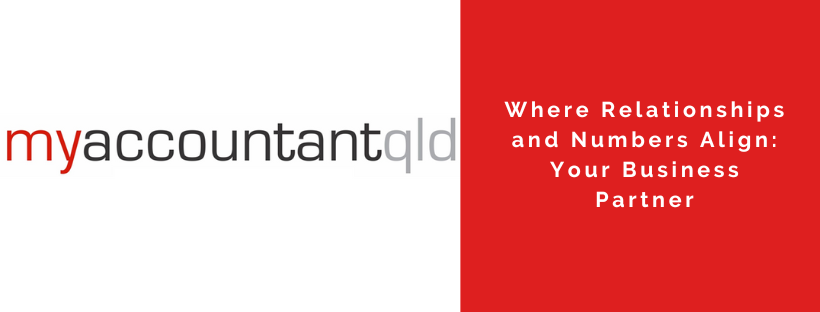New Rules for Exempt Vehicles
31 March is the last day of the FBT year.
If you claim your vehicle as a business expense then there’s some changes which require you to take action before then.
What’s the big deal?
The ATO are cracking down on exempt car and residual benefits. This catches any ute, dual cab ute or van provided to employees (including business owners) for use in a business.
They have now issued clear rules that taxpayers should follow to ensure they will not be targeted for audit, especially if claiming 100% business use. This new Practical Compliance Guideline PCG 2018/3 will apply to this FBT year & onwards.
Essentially you do not have to keep a log book to support the business use of your vehicle if you meet ALL these requirements:
(a) the vehicle is provided to perform work duties
(b) employer takes all reasonable steps to limit private use of the vehicle and have measures in place to monitor such use
(c) the vehicle has no non-business accessories
(d) the vehicle had a GST-inclusive value less than the luxury car tax threshold at the time the vehicle was acquired (see what they were here; for 2017-18 it’s $65,094 for vehicles with fuel consumption greater than 7l per 100km)
(e) the vehicle is not provided as part of a salary packaging arrangement and the employee cannot elect to receive additional remuneration in lieu of the use of the vehicle, and your employee uses the vehicle to travel:
a. between their home and their place of work and any diversion adds no more than 2km to the ordinary length of that trip
b. no more than 750km in total for each FBT year for multiple journeys taken for a wholly private purpose, and
c. no single, return journey for a wholly private purpose exceeds 200km.
What do I need to do about this?
1. If you meet every condition above, then you do not need to do anything.
2. If you do not meet every condition above, then you should keep a log book for a continuous 12 week period to support your business use claim. More info about logbooks here.
You can purchase a paper log book from Officeworks or Newsagents, or you can use the ATO myDeductions app
Start your log book BEFORE 31 March & continue to keep a logbook into the next year so it covers the required 12 weeks
If you establish your business-use percentage using a logbook from an earlier year, you must keep that logbook and maintain odometer readings for 1 April and 31 March the following year
For exempt vehicles, travel from home to place of work is considered BUSINESS use. This is different from cars generally, where travel from home to place of work is considered PRIVATE.
3. In addition to 1 or 2, please download & fill in the vehicle summary & return it to our office by 13 April. There’s a completed example of the form here.
The Practical Compliance Guideline PCG 2018/3 is quite easy to read, and contains simple examples to help understand these concepts & apply them practically.
** This information was first published in March 2018, however, it’s still relevant for 2019. If you download the form to provide us with your vehicle summary you’ll see that it’s for the 2018 FBT year. If you need to do this form for 2019 (which runs from 1 April 2018 – 31 March 2019) or for 2020 (which runs from 1 April 2019 – 31 March 2020), then please change the dates. We’ll provide a more elegant form in the future.**
Refresher – what’s FBT (or Fringe Benefits Tax)?
Fringe benefits tax (FBT) is a tax employers pay on certain benefits they provide to their employees – including their employees’ family or other associates. If you are a director of a company or trust, benefits you receive may be subject to FBT.
FBT is separate to income tax and is calculated on the taxable value of the fringe benefits provided. You can learn more here.
Normally, our clients don’t need to lodge an FBT return because we calculate an FBT Reimbursement to eliminate the value of any benefit received. That is, we raise an FBT Reimbursement for private use of the business vehicle.


